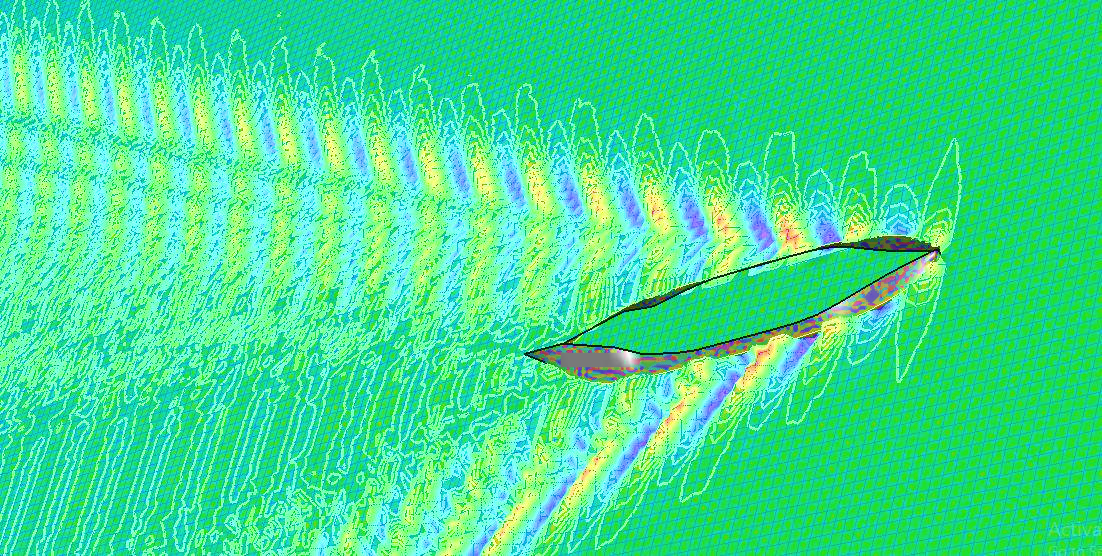Analisys of Hull Shape Art, Speed, Resistance, Power Using Holtrop Method On A Vessel With DWT 12,335 Ton
Main Article Content
Abstract
Downloads
Article Details

This work is licensed under a Creative Commons Attribution 4.0 International License.
References
Bens.,"ShipsAgainstVesselResistance/Propulsion, Exhaust Emission Levels, And Seakeeping Quality. Case Study: General Cargo Ships," 2017,[Online].Available:http://repository.its.ac.id/3742/
ANA Lis, IS Calculation, and TAHA Nan, “Tagas akiiir,” p. 2083, 2004.
E. Sugianto and A. Winarno, "Computational Model of Ship Resistance to Determine Power Needs for Bulk Carrier 8664 Dwt," J. Klaus. Indonesia. J. Mar. science. Technol., vol. 10, no. 2, p. 168, 2018.
S. Sarwoko and B. Santoso, "Computational Resistance of Ships to Determine Main Engine Power of 5 GT Fishing Vessels," J. Mechanical Engineering, vol. 14, no. 1, p. 23, 2019.
M. Soetardjo and D. Purnamasari, "Analysis of Velocity and Characteristics of Wave Patterns on Hydro-Oceanography Auxiliary Ships," Wave J. Ilm. Technol. Marit., vol. 5, no. 2, pp. 49–56, 2019.
H. Palippui, “Analysis Of The Installation Of Subsea Pipelines To Support The Need For Clean Water In Supporting Tourism Development On Kayangan Island”, MaritimePark, vol. 1, no. 1, pp. 9-18, Feb. 2022.
Holtrop, J., & Mennen, G. G. An approximate power prediction method. International Shipbuilding Progress, 29(335), 166-179, (1982).
Faltinsen, O. M. Hydrodynamics of High-Speed Marine Vehicles. Cambridge University Press, (2005).
Savitsky, D., & Brown, M. G. Procedures for hydrodynamic estimation for ship design. Society of Naval Architects and Marine Engineers, (1976).
Carlton, J. Marine Propellers and Propulsion. Butterworth-Heinemann, (2007).

